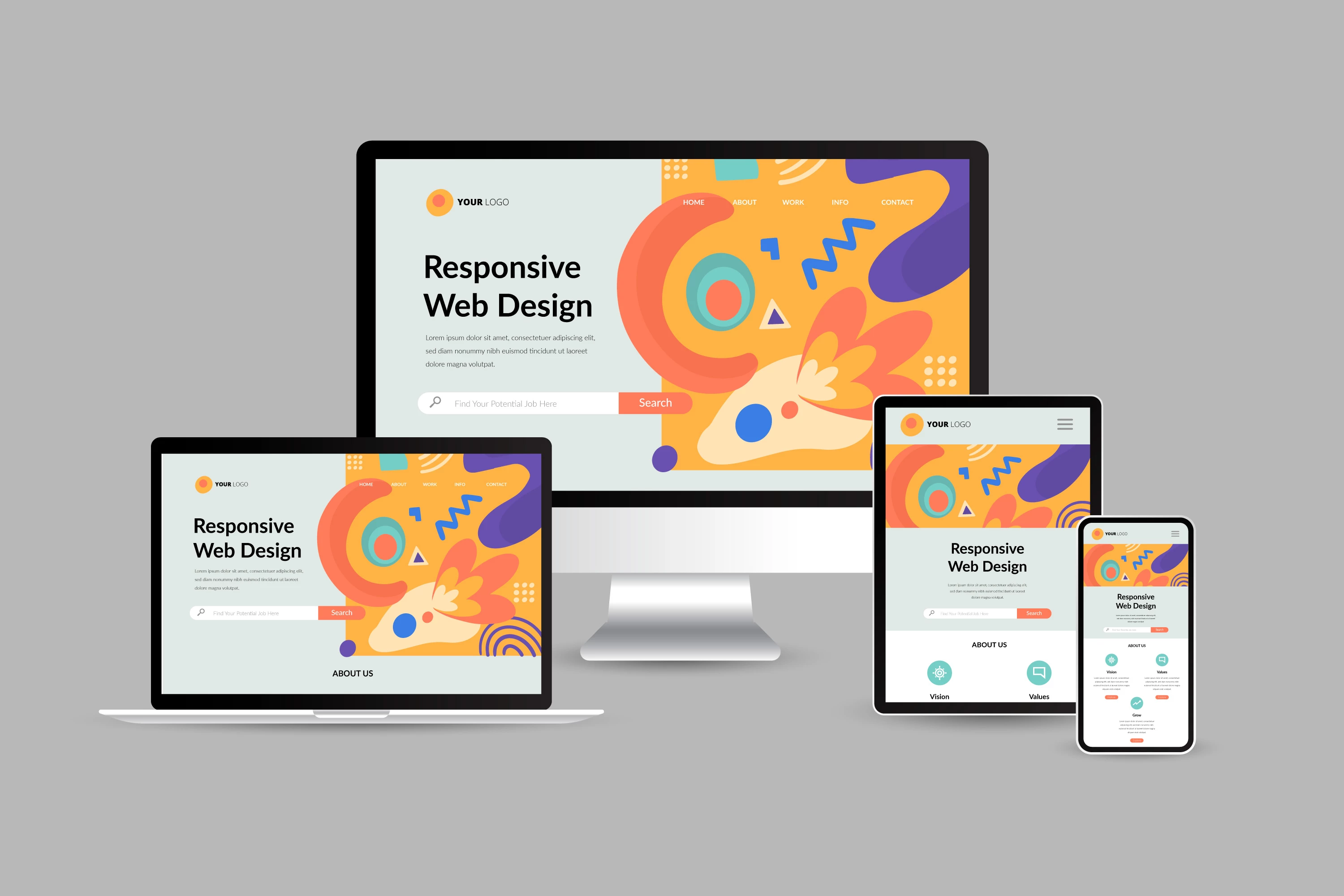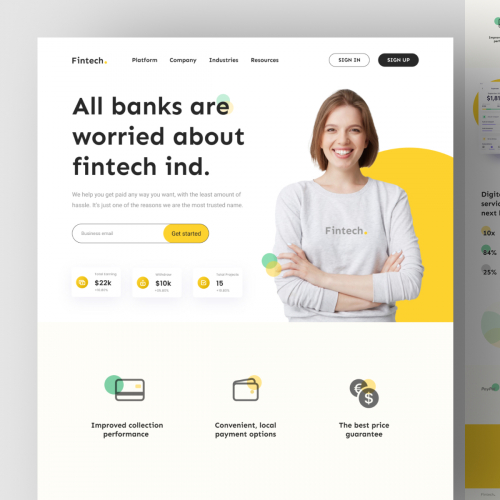Experienced Website Design for Businesses Looking to Boost Conversions
Experienced Website Design for Businesses Looking to Boost Conversions
Blog Article
Leading Tips for Developing an Impactful Internet Site Style That Transforms
In today's digital landscape, the relevance of an impactful site style can not be overemphasized, especially when it pertains to converting visitors right into customers. To accomplish this, one need to consider a variety of variables, consisting of understanding the target audience, prioritizing user experience, and optimizing for mobile platforms. In addition, the critical usage of engaging call-to-actions and a well-defined visual hierarchy plays a crucial function in directing individuals via their trip. As we discover these necessary aspects, it comes to be evident that the success of your web site depends upon even more than just aesthetics; it requires a thoughtful method to layout and functionality.

Understand Your Target Audience
Understanding your target market is basic to reliable internet site style, as it prepares for creating an engaging user experience. Determining that your customers are, including their demographics, choices, and habits, makes it possible for developers to tailor the web site's web content, format, and functionality to meet details demands.
Carrying out extensive market research is essential in this procedure. Studies, interviews, and analytics can provide valuable understandings into user assumptions and pain factors. By assembling this data, designers can create customer characters that stand for various segments of the target market, ensuring that design decisions are informed and relevant.
Furthermore, comprehending the target audience helps in picking proper layout elements such as color design, typography, and imagery that resonate with individuals. A web site that talks directly to its audience cultivates a sense of link and count on, motivating longer visits and higher conversion rates.
Eventually, a user-centered technique to web site design not just boosts user complete satisfaction yet likewise supports business purposes by driving interaction and commitment. By prioritizing the requirements and preferences of the target audience, a site can effectively offer its objective and attain preferred results.
Prioritize Individual Experience
To improve the overall efficiency of a website, prioritizing user experience (UX) is important (Website Design). A properly designed UX makes sure that site visitors can navigate the site effortlessly, locate information swiftly, and engage with content meaningfully. This brings about raised customer complete satisfaction and higher conversion prices
Begin by implementing user-friendly navigating. Menus needs to be rationally structured, permitting users to find essential locations of the site with very little effort. Uniformity in design aspects, such as color design and typefaces, cultivates experience, which is important for preserving individual involvement.
Furthermore, think about the loading speed of your site. A hold-up of just a couple of seconds can lead to considerable drop-offs, as individuals are much less likely to wait on a slow-loading web page. Streamlining photos and maximizing code can boost efficiency and preserve site visitors.
By focusing on individual experience, you not just produce an extra satisfying environment for site visitors however likewise reinforce your brand's trustworthiness. find out here Inevitably, a focus on UX is an investment in the long-term success of your site.
Enhance for Mobile Devices
Maximizing for mobile tools is important in today's electronic landscape, where an increasing variety of individuals gain access to websites through mobile phones and tablets. A mobile-friendly design not just improves customer experience yet likewise plays a significant role in boosting internet search engine positions. To accomplish this, it is important to take on a responsive design that instantly readjusts to various display sizes and orientations.

Loading speed is an additional important element; mobile customers are normally much less client and anticipate quick access to details. Enhance photos and utilize internet browser caching to enhance efficiency. Lastly, examination your site on several devices and screen resolutions to recognize and fix any potential usability concerns. By focusing on mobile optimization, you guarantee that your web site remains affordable and properly engages a more comprehensive audience.
Usage Compelling Call-to-Actions
A web site's efficiency often rests on its capability to guide site visitors toward wanted activities, making engaging call-to-actions (CTAs) essential elements of layout. CTAs function as the crucial points that route individuals to involve with the site, whether that suggests buying, enrolling in a newsletter, or downloading a source.
To develop efficient CTAs, clearness is paramount. Usage concise language that plainly interacts the activity you desire the individual to take. Phrases such as "Begin," "Register Free," or "Store Now" not only convey urgency but likewise remove uncertainty. The placement of CTAs is equally essential; they should be tactically placed throughout the web page to guarantee they are easily visible, specifically in high-traffic areas.
Furthermore, the design of CTAs should stick out without being meddlesome. Utilize contrasting shades and clear fonts to ensure they record focus. Furthermore, take into consideration using directional cues, such as arrows you can look here or photos, to lead users towards these buttons. By concentrating on these aspects, services can considerably boost customer interaction, driving conversions and inevitably accomplishing their web site's objectives.
Emphasis on Visual Pecking Order
Efficient website style depends heavily on a well-structured visual hierarchy that guides individuals with content effortlessly. By organizing elements in a manner that prioritizes details, designers can enhance user experience and help with decision-making. This involves making use of size, color, comparison, and spacing purposefully to accentuate one of the most critical elements of a page.
Making use of larger fonts for headings and subheadings develops a clear difference between various areas, permitting individuals to check content easily. Furthermore, employing different shades for buttons and calls-to-action can capture individual attention and urge communication. Whitespace is another crucial element; it avoids clutter and makes it possible for users to concentrate on key messages without distractions.
Pictures and graphics need to complement the text while additionally adhering to the established power structure, strengthening the total message (Website Design). Uniformity in design components, such as color design and typography, further enhances the aesthetic hierarchy, making navigating intuitive
Conclusion
In conclusion, reliable internet site style demands a thorough understanding of the target audience, prioritization of user experience, and mobile optimization. Inevitably, a well-executed website design offers as a crucial element in driving individual actions and accomplishing company goals.
Report this page